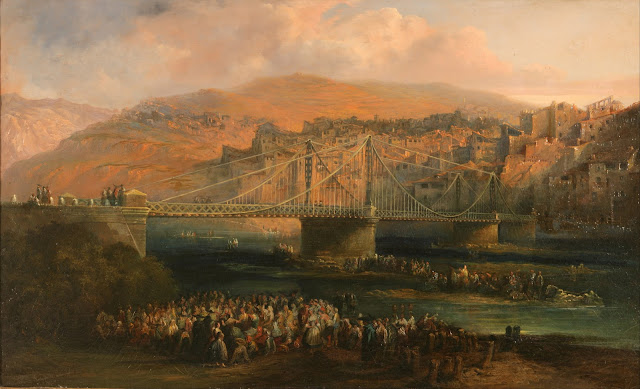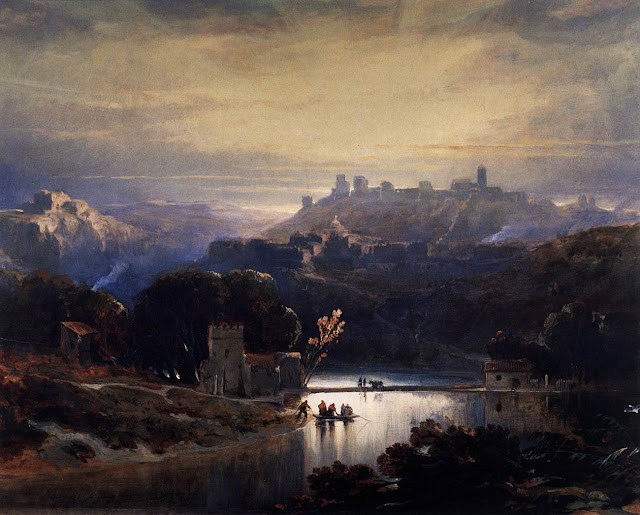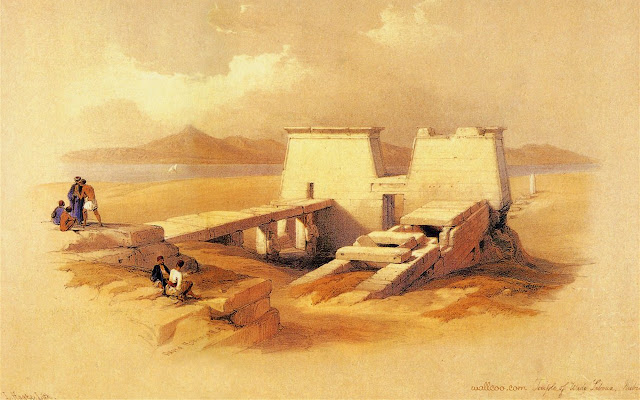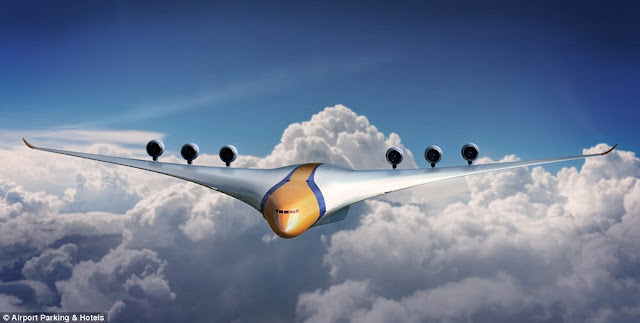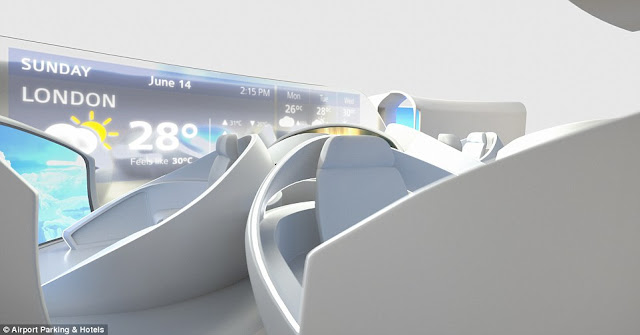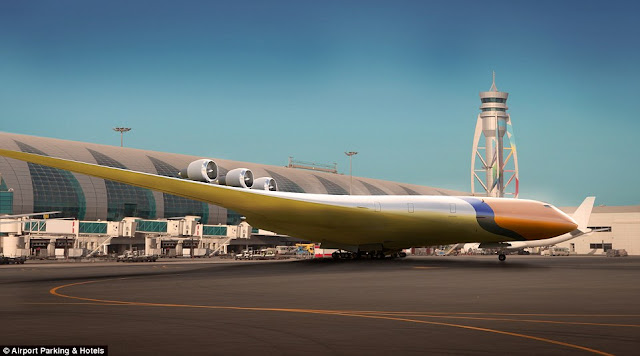Watch 6 Teensy Robots Pull a 2-Ton Car
by Tia Ghose, Senior Writer | March 16, 2016 11:58am ET
 |
| A team of tiny robots with adhesive feet inspired by gecko's feet can move a 2-ton car. Here, a single MicroTug pulls a car. |
A fleet of teensy robots, collectively weighing less than a typical apple, have moved a 3,900-lb. (1,800 kilograms) car and driver.
The secret behind these tiny-but-mighty bots is a remarkable adhesive inspired by gecko feet.
"They use a synthetic gecko adhesive that is turned on when a shear force is applied, and then turned off as soon as it released," said David Christensen, a mechanical engineering doctoral candidate at Stanford University in California, who helped design the robots. "They basically lock onto the surface when they want to, but are never actually stuck." [Biomimicry: 7 Technologies Inspired by Nature]
Simple design
The "μ-tugs" (pronounced MicroTugs) are named after the Greek letter "mu" that denotes the coefficient of friction in physics. (Mu also conjures up notions of teensy things, as it is the symbolic shorthand for micro- in standard units.) And friction is the inspiration behind these tiny bots' tremendous tugging powers.
The robots' adhesive force "behaves more like friction from a user perspective, except the force available is much, much, much larger than friction would be," Christensen told Live Science in an email.
For instance, each robot can apply 14 lbs. (62 Newtons) of shear force when operating at peak. By contrast, a rubber friction base would provide 500 times less force, Christensen said.
The bots are made using a relatively simple design: A tiny battery powers the motor, which lifts a metal arm anchored to a towing cable. At the bottom of each bot's "feet" is an adhesive that makes the robot parts operate like a gecko's foot. When pulled vertically, the adhesive offers no resistance, but when tugged sideways, parallel across a surface, the material strongly resists motion.
The team was inspired in part by some of the more unrealistic depictions of robot capabilities. For instance, in the movie "Big Hero 6," a swarm of tiny bots tosses a car as if it's a baseball.
"The argument always seemed to go that 'Sure, each robot can't do a lot, but we can get a huge number of them, and then it will be amazing,'" Christensen told Live Science in an email. "We wanted to examine that idea, and it turns out there are some complexities depending on how the robots move."
The team began to investigate what creates the astonishing force-multiplier effect of teams of tiny movers, such as ant swarms that can haul hundreds of times more than their own weight.
Better together
The team looked at a panoply of robots, from ones that ran to those that walked and vibrated. Some robots worked better in teams than did others. The faster they moved, the worse off they performed as a group, the researchers reported online yesterday (March 14) in the journal IEEE Robotics and Automation Letters.
"The vibratory ones were shockingly bad. In some cases 20 robots only achieved twice the peak force of one," Christensen said. "We found that if we slowed everything down so that they were more likely to synchronize, we got nearly perfect teamwork, and we could get the full capability from each robot we hoped for. Given the amazing capability of the MicroTugs individually, the result just scaled up."
The MicroTugs haven't even tapped their peak ability. Given the shear forces the robots can withstand, they should be able to tug about twice the weight of the current car, Christensen said. (Though the MicroTugs can pull a car, they couldn't lift one; as anyone who has ever pushed a dead car out of the street knows, it requires much less force to push a car than it does to lift it.)
The team said it envisions these swarms of bots having many practical applications.
"Future versions of these kinds of robots could search rubble for survivors, find them and then, importantly, actually move big rubble out of the way and modify the world, not just act as mobile sensors," Christensen said.









